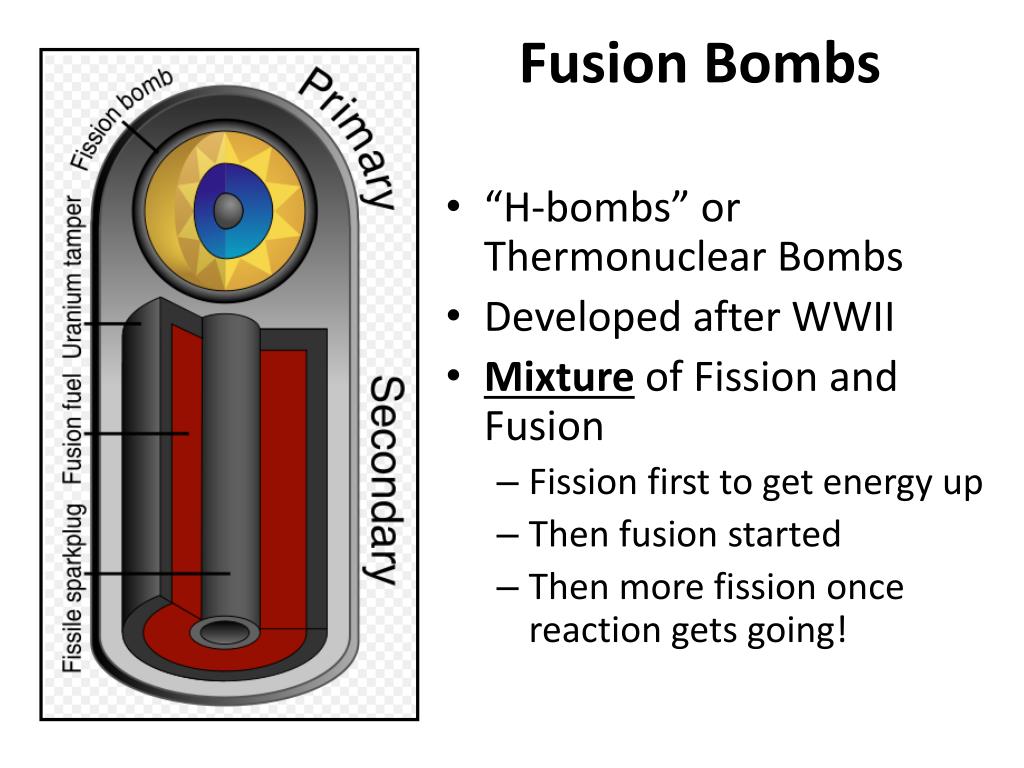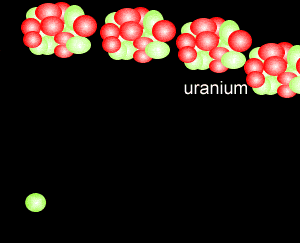
Szilard subsequently assigned the patent to the British Admiralty so that it could be covered by the Official Secrets Act.

The patent was not about an atomic bomb per se, as the possibility of chain reaction was still very speculative. The patent also introduced the term critical mass to describe the minimum amount of material required to sustain the chain reaction and its potential to cause an explosion (British patent 630,726). Physicist Leo Szilard fled to London where, in 1934, he patented the idea of a nuclear chain reaction via neutrons. In January 1933, the Nazis came to power in Germany and suppressed Jewish scientists. In a 1924 article, Winston Churchill speculated about the possible military implications: "Might not a bomb no bigger than an orange be found to possess a secret power to destroy a whole block of buildings-nay to concentrate the force of a thousand tons of cordite and blast a township at a stroke?" Wells was inspired by the work of Rutherford to write about an "atom bomb" in a 1914 novel, The World Set Free, which appeared shortly before the First World War.

Hopes were raised among scientists and laymen that the elements around us could contain tremendous amounts of unseen energy, waiting to be harnessed. Ernest Rutherford and Frederick Soddy identified that atoms were breaking down and turning into different elements. In 1898, Pierre and Marie Curie discovered that pitchblende, an ore of uranium, contained a substance-which they named radium-that emitted large amounts of radiation. Around the turn of the 20th century, it was discovered by Hans Geiger and Ernest Marsden and then Ernest Rutherford, that atoms had a highly dense, very small, charged central core called an atomic nucleus. In the first decades of the 20th century, physics was revolutionized with developments in the understanding of the nature of atoms including the discoveries in atomic theory by John Dalton. Britain and France built their own systems in the 1950s, and the number of states with nuclear capabilities has gradually grown larger in the decades since.Ī nuclear weapon, also known as an atomic bomb, possesses enormous destructive power from nuclear fission, or a combination of fission and fusion reactions.īackground In nuclear fission, the nucleus of a fissile atom (in this case, enriched uranium) absorbs a thermal neutron, becomes unstable and splits into two new atoms, releasing some energy and between one and three new neutrons, which can perpetuate the process. The Soviet Union started development shortly after with their own atomic bomb project, and not long after, both countries were developing even more powerful fusion weapons known as hydrogen bombs. In August 1945, the atomic bombings of Hiroshima and Nagasaki were conducted by the United States, with British consent, against Japan at the close of that war, standing to date as the only use of nuclear weapons in hostilities.

The United States, in collaboration with the United Kingdom, initiated the Manhattan Project the following year to build a weapon using nuclear fission. Building on major scientific breakthroughs made during the 1930s, the United Kingdom began the world's first nuclear weapons research project, codenamed Tube Alloys, in 1941, during World War II.


 0 kommentar(er)
0 kommentar(er)
